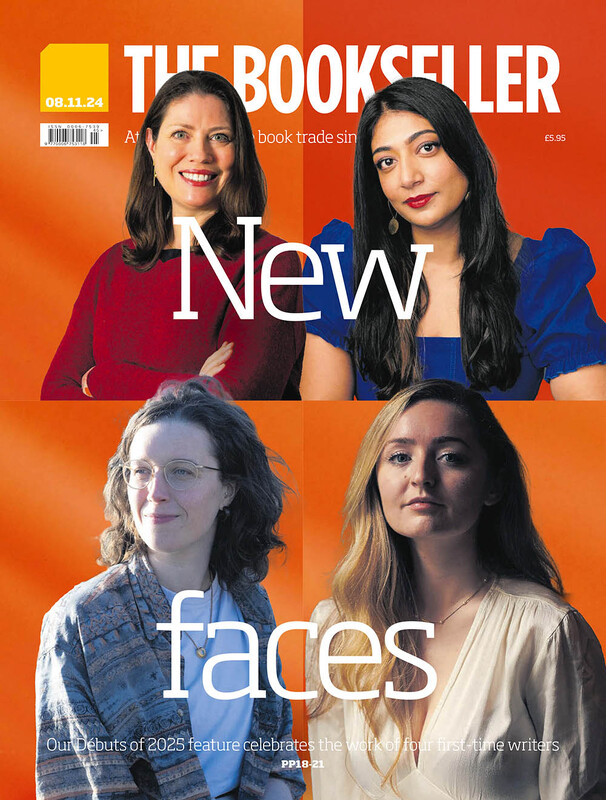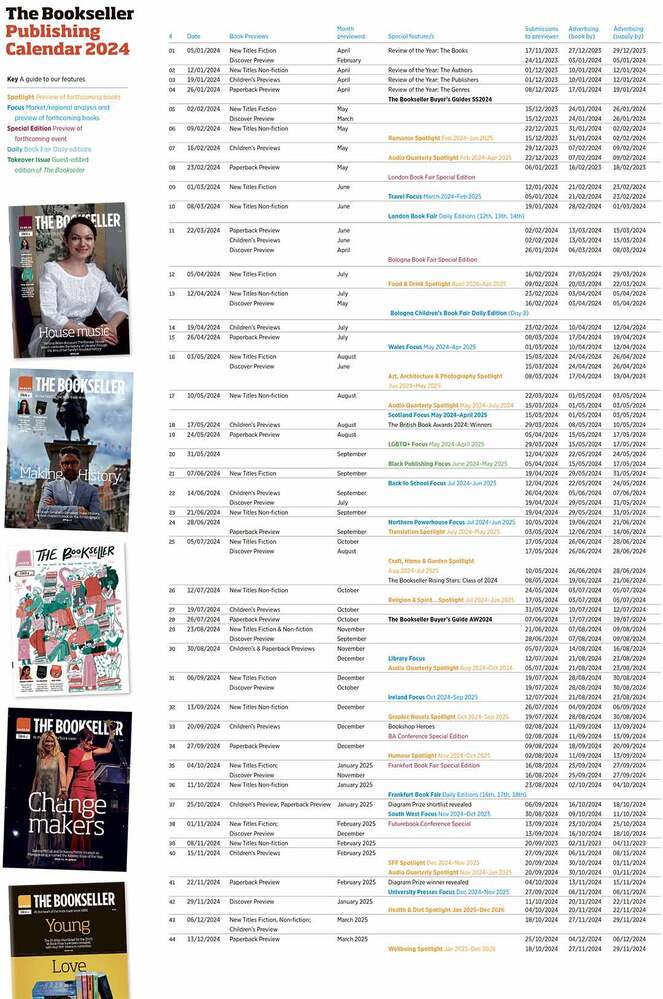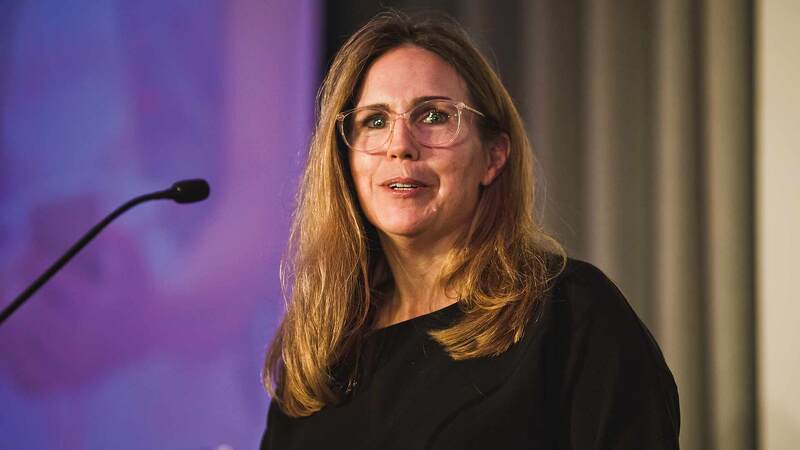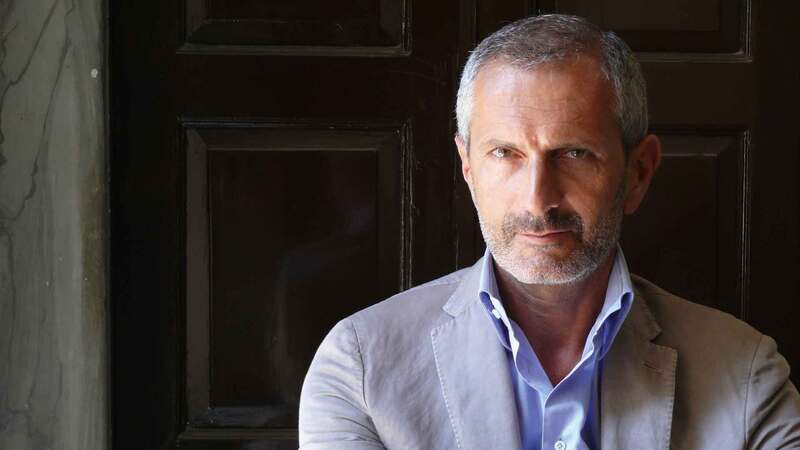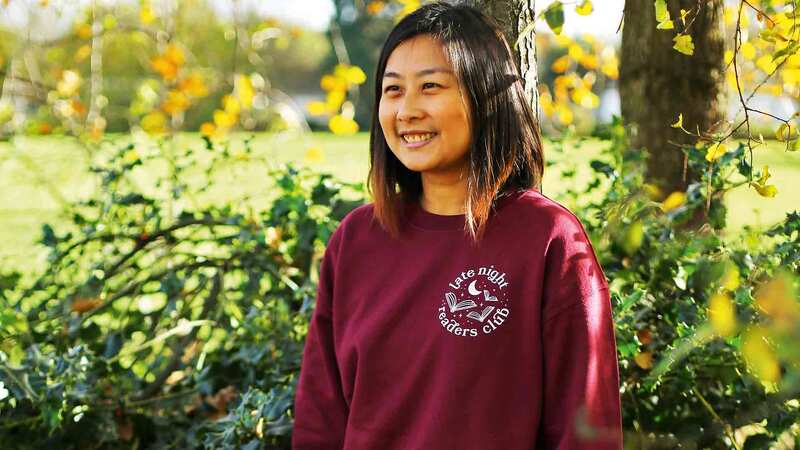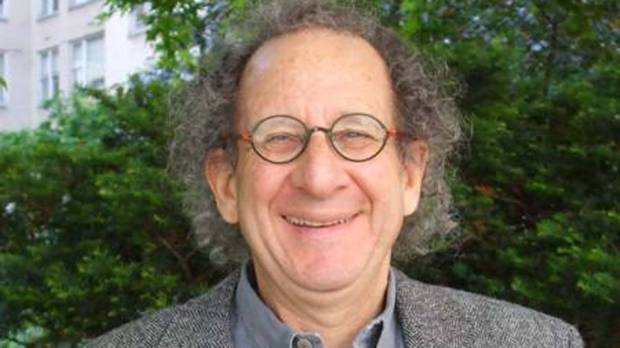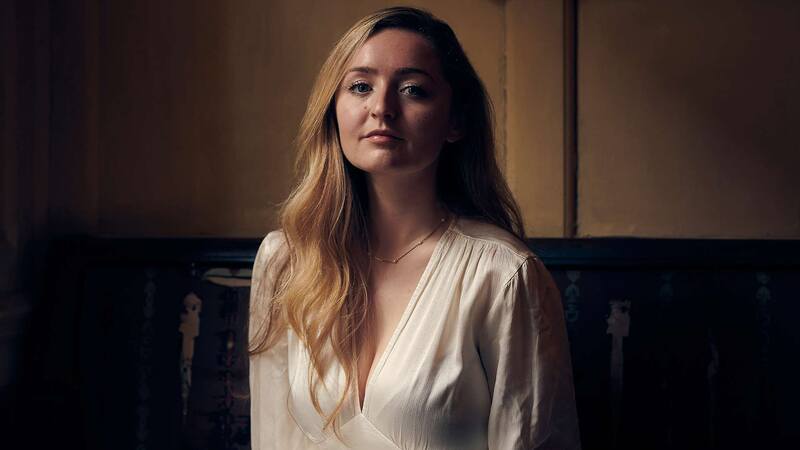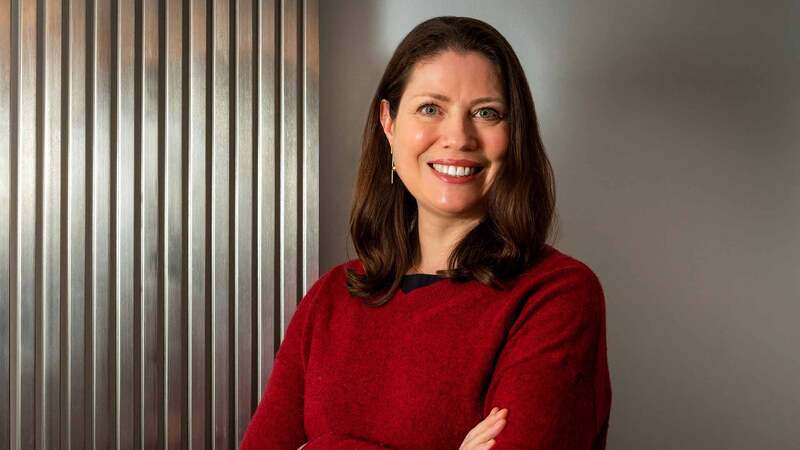You are viewing your 1 free article this month. Login to read more articles.
Lucy Worsley | 'I'm really lucky that the work I do is also my pleasure'
Lucy Worsley is in fine fettle. She’s in her office at Hampton Court Palace, where she has been chief curator of Historic Royal Palaces since 2003, overseeing the Tower of London, Hampton Court Palace and Kensington Palace. “It’s lovely and sunny and the palace is looking beautiful,” she says down the phone. I’m sure she means it. A few weeks ago Worsley tweeted: “It makes my friends sick how much I like working at @HRP_ Palaces.” Now she laughs and says, a bit apologetically, that it’s true. “It’s like intelligent play,” she explains. “I have the pleasure of learning new things and telling other people about them.”
This pleasure is the secret to Worsley’s particular brand of magic and her status as Britain’s most loveable TV historian (“A national treasure”—the Times). People adore her “puckish screen presence” (Guardian) and irrepressible enthusiasm for her subject—she loves what she does, and it shows on screen. “I know I’m really lucky that the work I do is also my pleasure,” she muses.
She has wrangled an impressively multifaceted and 21st-century “slashie” career: part-curator, part-TV presenter, part-biographer and part-children’s author. Worsley is perhaps most widely known for her BBC work, an antidote to dreary (male) historians burrowing about in dusty archives, with her every gleeful be-bonneted re-enactment, and bringing history to the masses with a charming “mischievous bluestocking” sensibility, keen eye for the saucy, the strange and the subtly feminist. “I like stealth feminism,” she says. “I wonder if it’s not equally, or even more, effective to slip your feminism down people’s throats without them realising it.”
How does she fit it all in? “I realise it gives the impression that I’m insanely productive,” she says. I think she’s being modest: she tells me that she fits in writing, for example, by efficiently using her train commute to work. She was delighted to discover this mimicked a time-management method called the Pomodoro Technique. “I don’t hear the announcements. I don’t notice the doors opening and closing. I’m there, Pomodoro-ing away...”
Fancy dress
Her TV production schedule has been packed of late, with three programmes airing in the past 18 months: BBC4’s “American History’s Biggest Fibs”, a restaging of Victoria and Albert’s wedding for BBC2, and the brilliant “Suffragettes”. Part of Worsley’s televisual appeal, of course, is the obvious delight she takes cavorting about in historical garb. Costumed interpretation, she points out, is an everyday thing at Hampton Court. “I have two reasons for doing it: one is complete show-off narcissism,” she deadpans. “The other part is [that] dress can open up a little window in someone’s mind and get them interested in history. There’s something very visceral and evocative about clothing.”
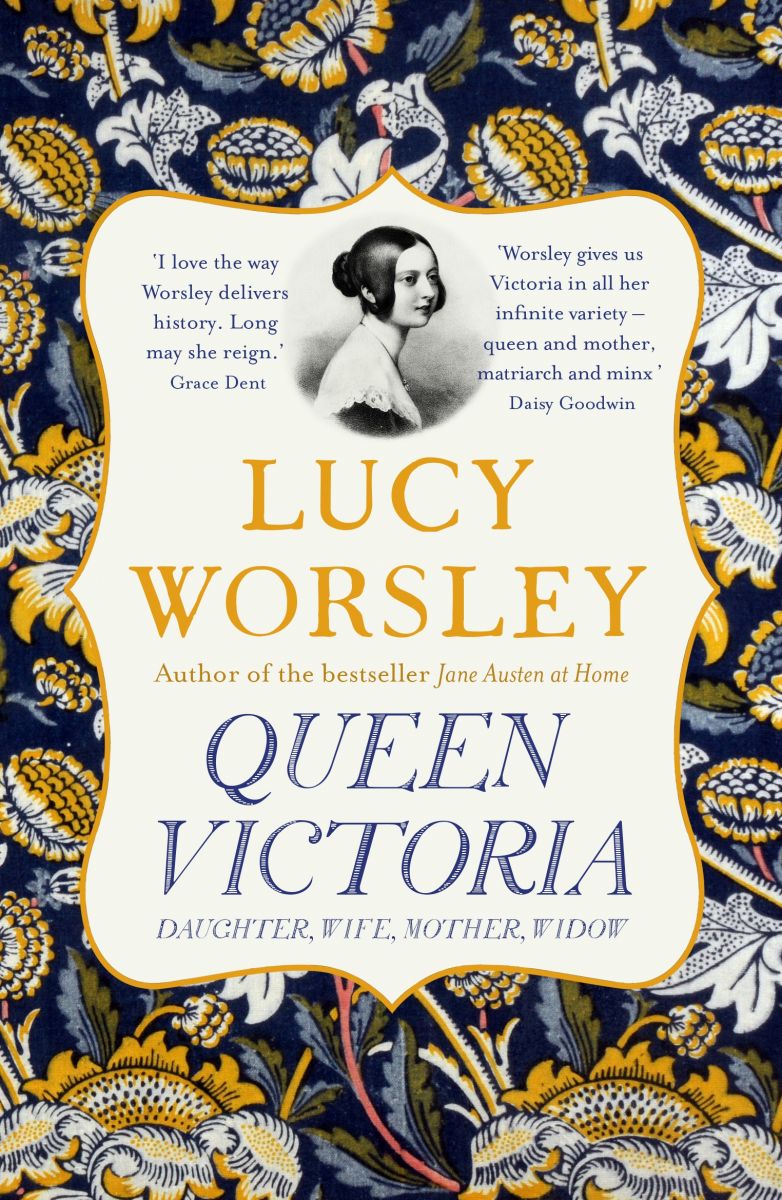 Where does her interest in a particular era begin? Everything flows from the day job: “We cover 1,000 years of history at HRP, from the Normans to Princess Diana, so I have to skip about through the centuries according to where the exhibition programme takes us.” At the moment she’s working on a forthcoming Kensington Palace exhibition in honour of Queen Victoria’s 200th birthday. This ties into her latest biography, Queen Victoria: Daughter, Wife, Mother, Widow, which also ties into 2017’s historical YA novel My Name is Victoria. “It’s all building up into an evil plan for world domination,” she jokes.
Where does her interest in a particular era begin? Everything flows from the day job: “We cover 1,000 years of history at HRP, from the Normans to Princess Diana, so I have to skip about through the centuries according to where the exhibition programme takes us.” At the moment she’s working on a forthcoming Kensington Palace exhibition in honour of Queen Victoria’s 200th birthday. This ties into her latest biography, Queen Victoria: Daughter, Wife, Mother, Widow, which also ties into 2017’s historical YA novel My Name is Victoria. “It’s all building up into an evil plan for world domination,” she jokes.
Worsley talks animatedly about the angle she takes on the diminutive queen. “What has really annoyed me is the excellent press Prince Albert has had at her expense. One of things we’re doing in the exhibition is taking him out, and allowing her to be the heroine of her own story.” People don’t tend to like this, she adds. “I can see people’s disappointment. They all have this romantic vision. But that’s my job. To make people look again.”
In the past eight years, Worsley has published six history titles, taking in the domestic life of Jane Austen, British murders, Georgian courtiers and the British home. In 2016, Worsley added another string to her bow when she unveiled (pun intended) the first of her historical YA novels. “Ooh, I love doing that,” she enthuses. She’s already working on her fourth YA novel: The Austen Girls will be published by Bloomsbury. It imagines Jane Austen as a crime-solving detective, inspired by Worsley’s discoveries researching 2017’s Jane Austen at Home. “In real life she had two nieces; she used to advise [them] on their love lives. It was exactly what one would hope one’s clever, wicked aunt would tell one to do today.”
Children’s fiction, says Worsley is a chance for her to leave her historian hat at the door and not do any research—she’ll already have done that part—and throw herself into “the joy of storytelling”. Well, sort of. “When I work on non-fiction, every hour I put into the project, it gets better. Fiction doesn’t work like that. How do novelists live? It’s so stressful!” But the point of her fiction isn’t facts and figures. “I’m a signed-up, full-blown romantic. I don’t worry what adults will think—it’s not for them. It’s for 11-year-old girls.”
Worsley’s national treasure status was confirmed last November when she was awarded an OBE for services to history and heritage. She decided to accept it, because “it isn’t really for me, it’s for what I might stand for in people’s minds, which is history and museums and heritage and books.” The Prince of Wales gave her the medal: “We had a nice talk about Queen Victoria, his  great-great-great-grandmother!”

Picture credit: Historic Royal Palaces, Bloomsbury, Ben Turner

